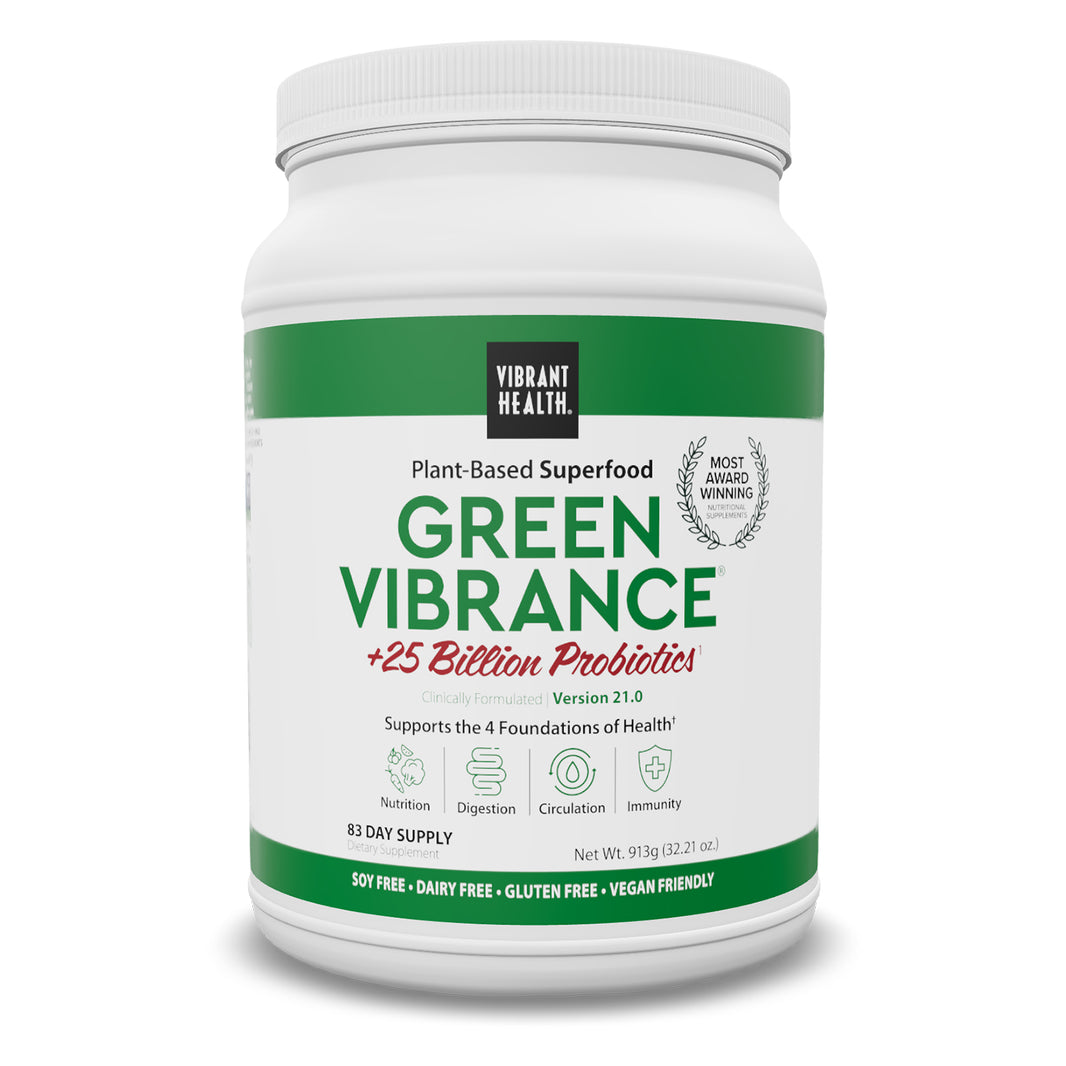Researchers have long argued that there are many substances in our tap water that are not natural components of water. These include hormones and chemicals that disrupt normal hormonal operations.
What are Hormone Disrupters?
Hormone disrupters, also called endocrine disruptors, are substances that interfere with the body's normal production, secretion, transport, use or excretion of hormones.
These substances include actual hormones, both natural and synthetic, since these disturb the appropriate amount of each hormone that your body tries to maintain.
They also include chemicals that mimic the functioning of hormones, since your body usually cannot prevent it from high-jacking the operations that are meant to be carried out by real hormones.
Lastly, they include chemicals that destroy hormones or the glands that are responsible for their secretion.
How do Hormone Disrupters Get into the Water?
Landfills
All British tap water comes into contact with the soil and the soil is contaminated by chemicals dumped in landfills.
For example, the 56 member flame retardant family, PBDE, contained in furniture, electronics, building material, plastics, foams, and textiles, is a known hormone disrupter. So are phthalates, which are included in almost all plastic products that we throw away.
Recycled Household Water
British tap water is recycled water. In other words, what you flush down the drain and toilet today is cleansed before it is returned to your taps for you to drink some weeks from now.
Chemicals from house cleaning products, cosmetics, and medication are all imperfectly cleansed from the water before it is returned to your taps.
Agriculture
Non-organic farms are responsible for lot of hormone disrupters that end up in the soil and rivers.
These include hormones fed to livestock to keep them healthy, hormones fed to livestock to make them more profitable through faster growth or increased production of milk, eggs or wool, herbicides to destroy unwanted vegetation and old crops, pesticides to protect crops against insects, and so forth.
Industry
Factories also produce a lot of hormone disrupters. They manufacture many chemicals to include in products. Their manufacturing processes produce many chemicals as by-products. All these substances can make it into the soil and rivers if it is not disposed of appropriately.
Sweeping or washing floors, dumping waste in landfills, washing waste down the drain, and many other inappropriate industrial waste disposal methods contribute.
Why are Hormone Disrupters Harmful?
Hormones play a definitive role in thousands of bodily functions, from sexual development to fertility to emotion to mood.
Hormones in inappropriate amounts can make us put on weight by promoting fat storage, by suppressing excretion of waste, by hindering the body's ability to absorb nutrients, by increasing the body's resistance to insulin, by stimulating appetite, by inhibiting lean tissue (muscle) development, and so forth. This can make even the most diligent dieter put on weight.
Hormonal Potency
Worryingly, only minuscule amounts of a hormone disrupter is needed to interfere with healthy hormonal functioning.
For example, in 2002 professor Charles Tyler of Exeter University found that the amount of oestradiol that has caused fertility problems in 50 per cent of British fish is almost undetectable even with the best scientific methods.
Possible Remedies
Reverse Osmosis
A reverse osmosis system fits on your water pipe. It contains a pump that pushes the water through a semi-permeable membrane before it gets to your taps. It can remove many small particles from the water, including bacteria, viruses, fungi, and many chemical substances. It is used by some small municipal authorities and has been found to remove many impurities with a high success rate. The downside is that it also removes healthy alkaline minerals which you probably want in your water.
Carbon Filtering
Carbon filtering involves an activated carbon filter with small pores. As the water flows through the filter, the carbon absorbs the impurities in the water. The filters are usually made of coal, wood or coconut shells.
These are usually the most cost-effective water purification systems and have been found to be particularly effective. They are even more effective if you install a sediment filter just behind the municipal metre on your main pipe, since it will help the carbon filters to last longer by preventing them from being clogged up with large particles, especially sand and metals.
In general, the larger the carbon filter, the more effective the filtration. This is why block carbon filters work the best. They can absorb the most impurities. The carbon filters that are in contact with the water for the longest work best. These are the large systems that fit under your sink. The pour-through and tap-mounted units do not provide sufficient contact time for the filter to absorb enough contaminants.
Like reverse osmosis systems, no carbon filter can ever claim to remove all impurities from tap water. There are simply too many possible chemicals with too many different particle types and sizes for one system to catch them all.
Other Filters
Many other filter types exist, such as undersink water filters and UV light filtration. While both these types have been found to be effective, they are expensive and, like the filters above, also cannot filter all possible chemicals from water.
The best approach is to spend a reasonable amount of money on a well trusted and good quality filter that removes most contaminants without becoming unnecessarily alarmed about the few small impurities that may remain.




























Leave a comment